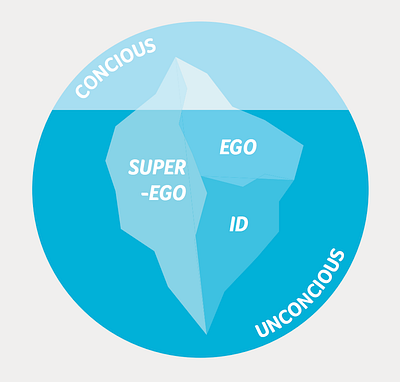It happens every time. After getting perceptive and accurate results from a Traitify assessment, people turn to us and ask, "How did you do that?" Followed by, "What are the results based on?"As we hear the curiosity about our personalization technology, we are led to nostalgically think back to our roots. So how did we get here?

The psychology behind Traitify started, not surprisingly, with some free association (a term for stream of consciousness embedded in psychoanalytic theory.) Initially asked to list personality traits, we were off and running. Working from the tenants that the human psyche is complex and that personality has depth and breadth, consciousness and unconsciousness, the Psychology team at Traitify used psychodynamic theory and concepts to go beyond the usual surface. From this foundation, we became committed to developing assessments that would be novel, fun and certain to capture the uniqueness of each individual.
Historically, the strongest assessments have a strong and consistent theoretical frame. This has been our guiding principle, to be grounded in theory and to always bear in mind that no two individuals have the same personality fingerprint. Traitify psychology looks at levels of social propensities such as introversion/extroversion, capacities for relatedness and attachment, impulse control, emotional intelligence, levels of perseverance, rigidity, flexibility, defenses and action patterns, to name just a few. But all of this density is behind the curtain, so to speak.
The user, in front of the curtain, is asked to view a carousel of images and through sensory response, and the click of "me" or "not me," provides the Traitify system with hundreds of data points of personality trait and preference information that forms the individual's unique personality profile, leading to their personality results.





